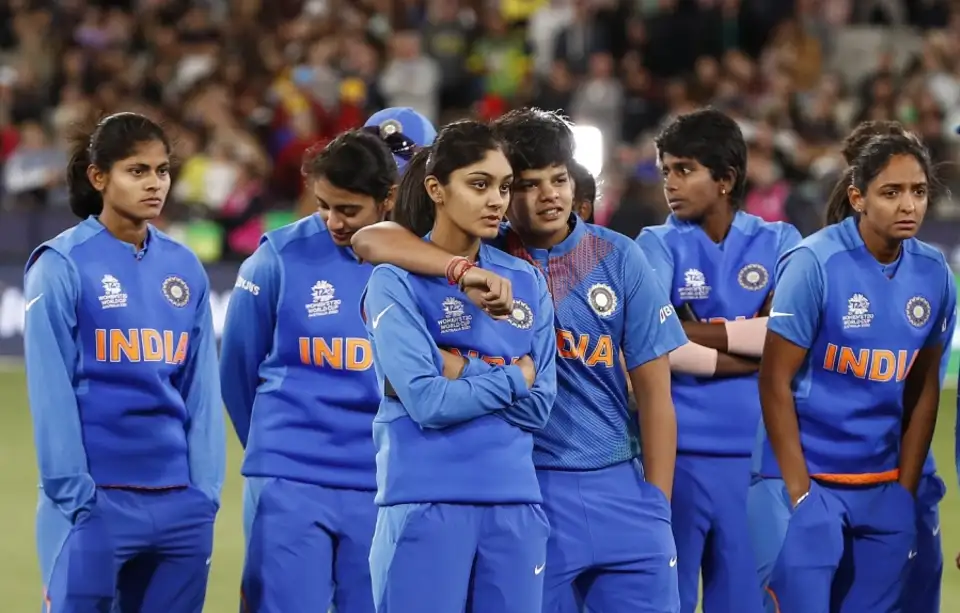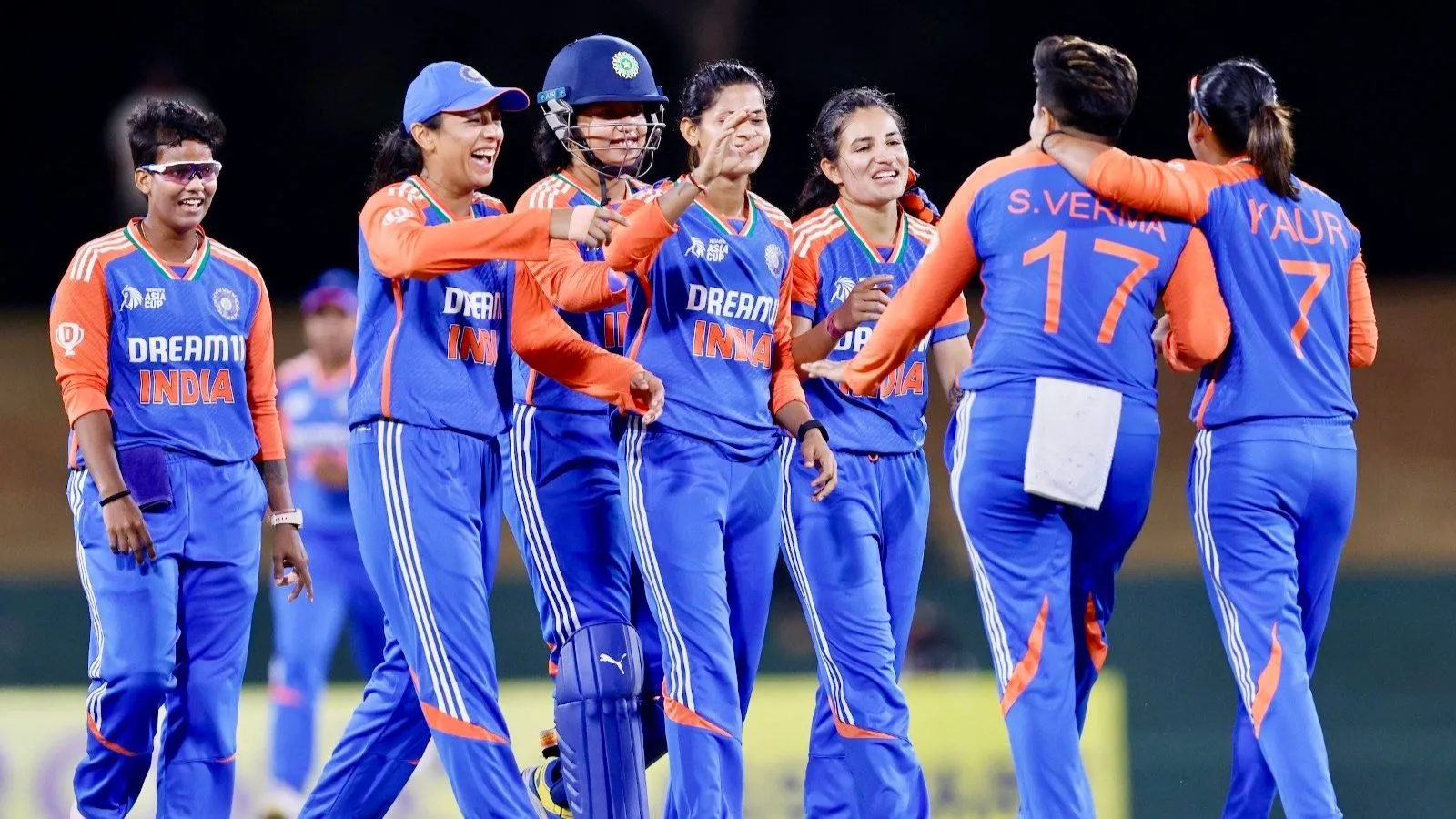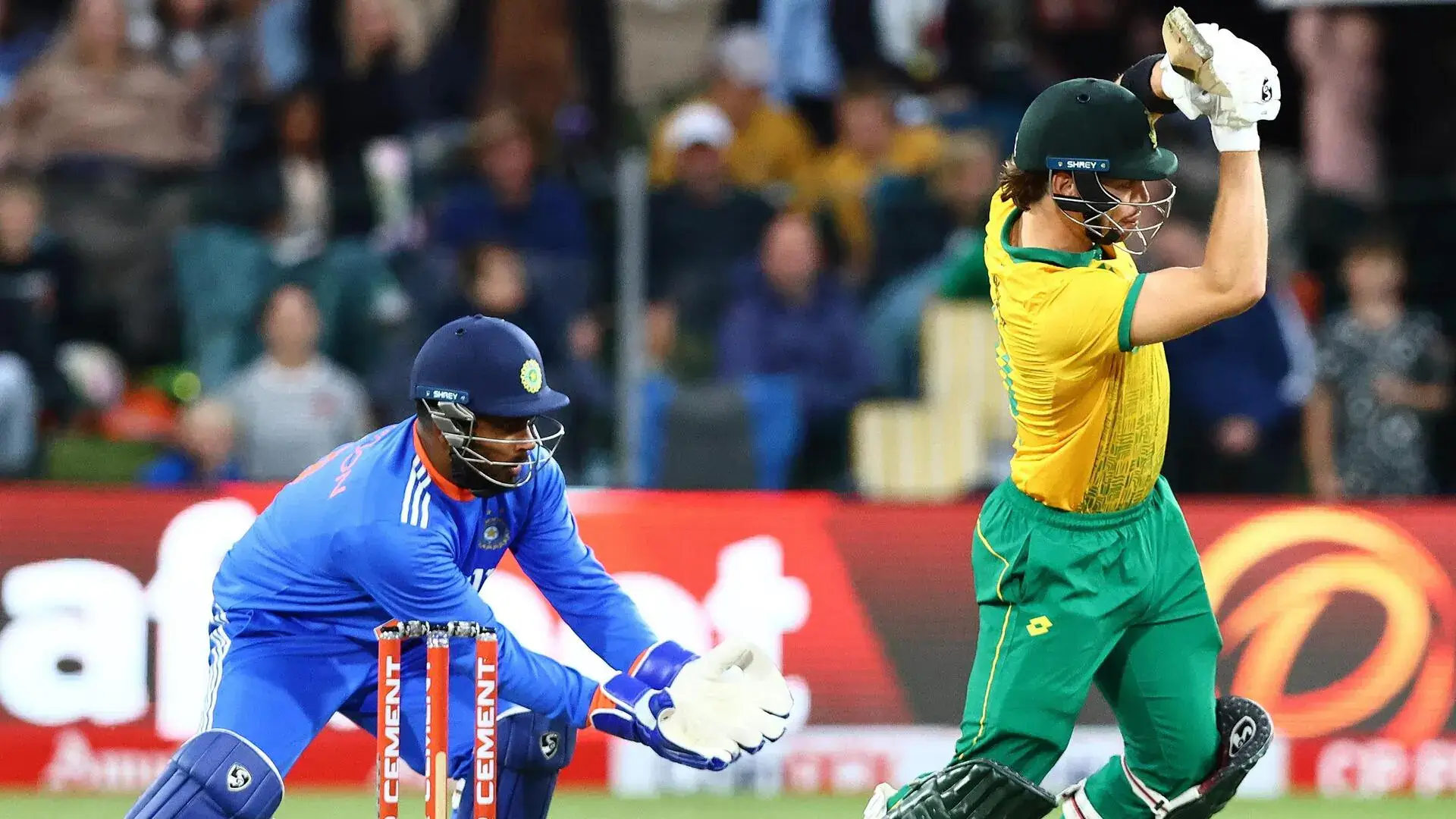The Indian women’s cricket team faced a disappointing exit from the Women’s T20 World Cup 2024

The Indian women’s cricket team faced a disappointing exit from the Women’s T20 World Cup 2024, held in the UAE, after failing to advance past the group stage. With expectations running high, particularly with experienced players like Harmanpreet Kaur and Smriti Mandhana leading the charge, the team struggled to deliver key performances against strong opponents like Australia and New Zealand.
1.Indian women’s cricket Underwhelming Batting Performances
India’s batting lineup, expected to be a key strength, turned out to be their Achilles’ heel throughout the tournament. Key batters, including Smriti Mandhana and Shafali Verma, failed to capitalize on crucial moments. Shafali’s struggles with early dismissals continued, while Mandhana, one of India’s most experienced players, could not anchor crucial chases, particularly in their match against Australia.
Harmanpreet Kaur, though the only Indian batter to score a half-century against Australia, failed to show leadership when the team needed 13 runs from three balls, handing the strike to a less experienced Shreyanka Patil. This inability to perform under pressure greatly impacted the Indian women’s cricket team’s chances in important games.
2. Fielding and Unforced Errors

India’s fielding was also a major point of concern, with numerous dropped catches and misfields giving their opponents the upper hand. Fielding lapses have been a recurring issue for the team, and these errors contributed heavily to their losses. Additionally, the running between the wickets was poor Indian women’s cricket, with several players losing their wickets due to lack of fitness and improper judgment, particularly in conditions where boundaries were hard to come by due to the slow outfield.
3. Lack of Fitness and Preparation
Another significant factor in India’s underperformance was the apparent lack of fitness among key players, which was evident in both batting and fielding. Players like Deepti Sharma and Richa Ghosh were visibly struggling to keep up with the physical demands of the game, resulting in lost wickets while running between the wickets. Fitness, especially in a tournament with challenging conditions in Dubai and Sharjah, played a crucial role, and India seemed underprepared in this regard.
Moreover, the Indian team entered the tournament without adequate preparation. They hadn’t played any T20 series prior to the World Cup to fine-tune their playing XI. This lack of match practice led to inconsistent batting orders, with skipper Harmanpreet Kaur batting at number three in the initial matches, only for Jemimah Rodrigues to take that spot in later games. Such unstable shuffling did not help the team build momentum, and ultimately, this lack of clarity in roles hurt their campaign.
4. Failure Against Strong Teams

indian women’s cricket team
While India managed to win against lower-ranked teams, they faltered against tougher competition, like Australia and New Zealand. These are teams that consistently perform well in big tournaments, and India’s inability to match their intensity, especially in high-pressure situations, proved costly. Their losses in these crucial encounters meant that they were unable to secure a spot in the top two of the group, leading to their early exit.
Conclusion: A Learning Experience
Though the Indian team’s performance in the Women’s T20 World Cup 2024 was disappointing lisalavoie.com, it could serve as a wake-up call. With better preparation, a focus on fitness, and a more settled playing XI, the Women in Blue have the potential to bounce back stronger in future tournaments. This early exit may push the team to rethink their strategies and improve their game ahead of bigger events.
India National Cricket Team vs Australian Men’s Cricket Team Timeline







